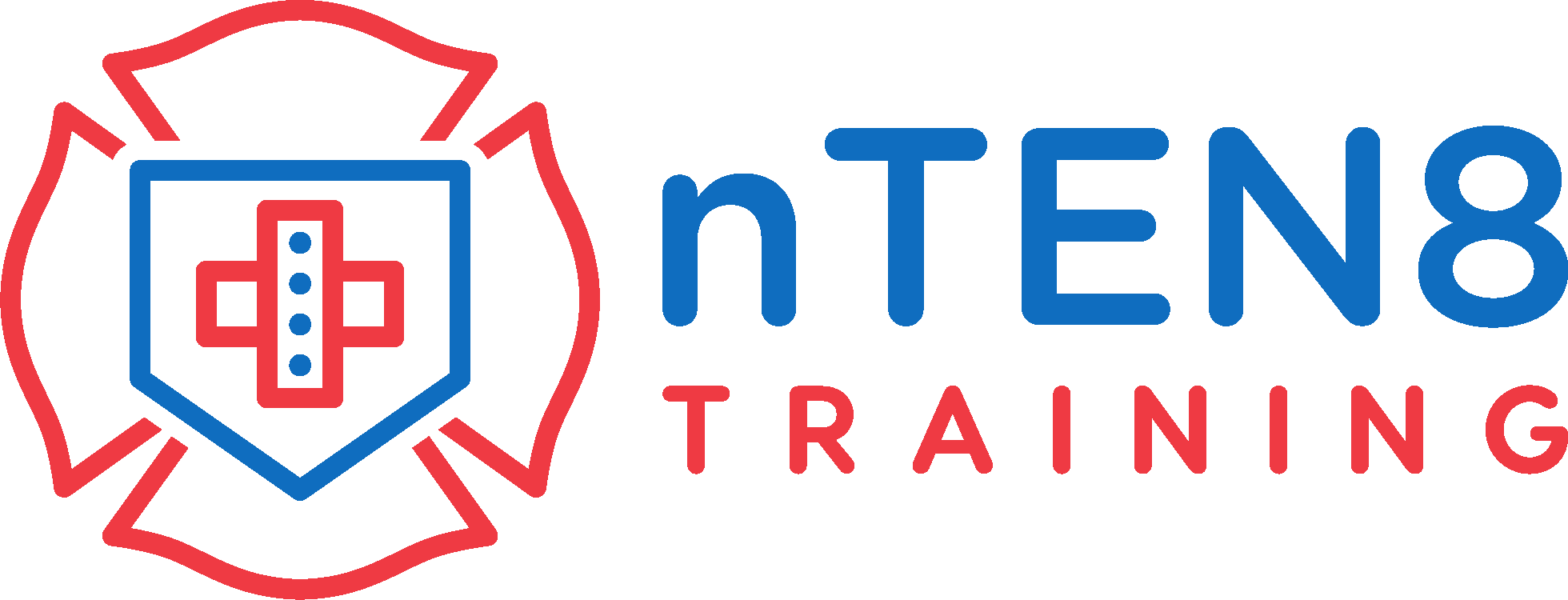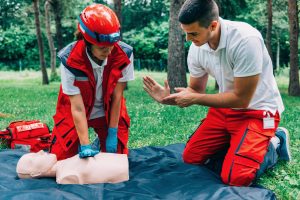In the fast-paced world of healthcare, every second counts. Whether you're a medical professional, caregiver, or simply a concerned bystander, having basic first aid knowledge can mean the difference between life and death in critical situations. First aid training is not just a box to check; it's a fundamental skillset that empowers individuals to respond effectively to emergencies, providing immediate care until professional help arrives.
Why First Aid Training Matters
- Immediate Response: Accidents and medical emergencies can happen anywhere, anytime. With proper first aid training, individuals are equipped to take swift action in emergency situations, potentially saving lives and minimizing the severity of injuries.
- Empowerment: First aid training instils confidence and empowerment. It enables individuals to remain calm and composed under pressure, making rational decisions and taking decisive actions when faced with emergencies.
- Prevention of Further Harm: Knowing how to administer basic first aid can prevent minor injuries from escalating into more serious conditions. Simple interventions such as applying pressure to stop bleeding or stabilizing a fracture can prevent further harm and promote faster recovery.
- Bridge to Professional Care: In remote or inaccessible areas where professional medical help may be delayed, first aid skills become even more critical. By providing immediate care, trained individuals can bridge the gap between the onset of an emergency and the arrival of professional medical assistance.
Key Components of First Aid Training
- Cardiopulmonary Resuscitation (CPR): CPR is a life-saving technique used to maintain blood flow and oxygenation in individuals experiencing cardiac arrest. First aid training teaches participants how to perform CPR effectively, potentially doubling or tripling the chances of survival for cardiac arrest victims.
- Choking Response: Knowing how to dislodge a foreign object from the airway can prevent choking-related fatalities. First aid training includes techniques such as the Heimlich manoeuvre to clear the airway and restore normal breathing.
- Wound Care and Bleeding Control: Proper wound care and bleeding control techniques are essential skills for managing injuries. First aid training covers topics such as wound cleaning, bandaging, and applying pressure to control bleeding, reducing the risk of infection and promoting healing.
- Recognition of Medical Emergencies: Early recognition of signs and symptoms of medical emergencies such as heart attacks, strokes, and allergic reactions is crucial for timely intervention. First aid training teaches participants how to recognize warning signs and take appropriate action to prevent complications.

group of young caucasian people learning how to save a life, sitting together on the lesson, discussing all techniques, and using a mannequin to show an example
Conclusion
First aid training is not just a skill; it's a responsibility we owe to ourselves and others. By investing time in learning basic first aid techniques, we can become everyday heroes, ready to step in and make a difference when emergencies arise. Whether in the workplace, at home, or out in the community, the ability to provide immediate care can save lives and contribute to safer, healthier environments for all.



